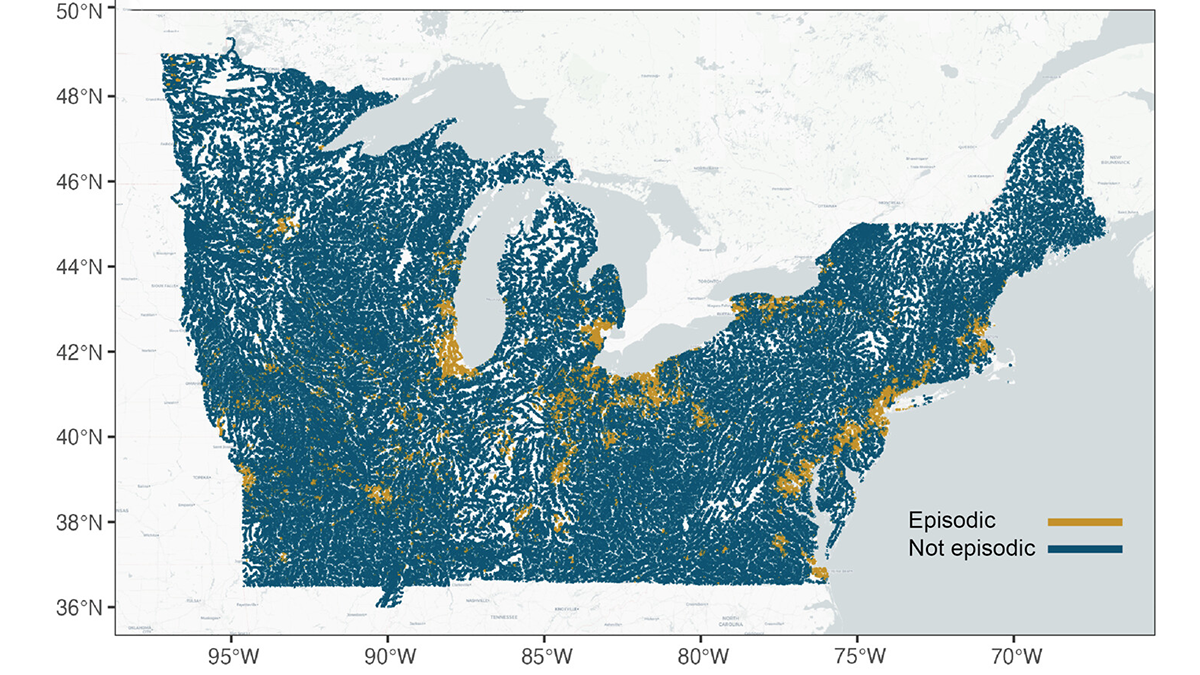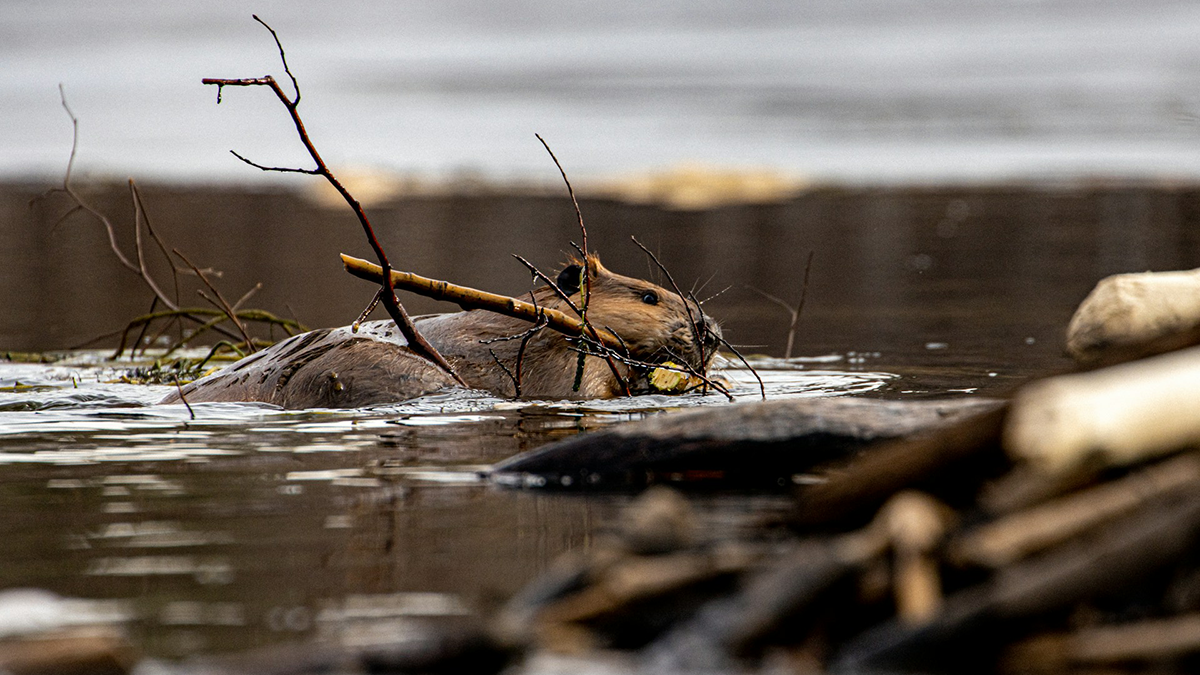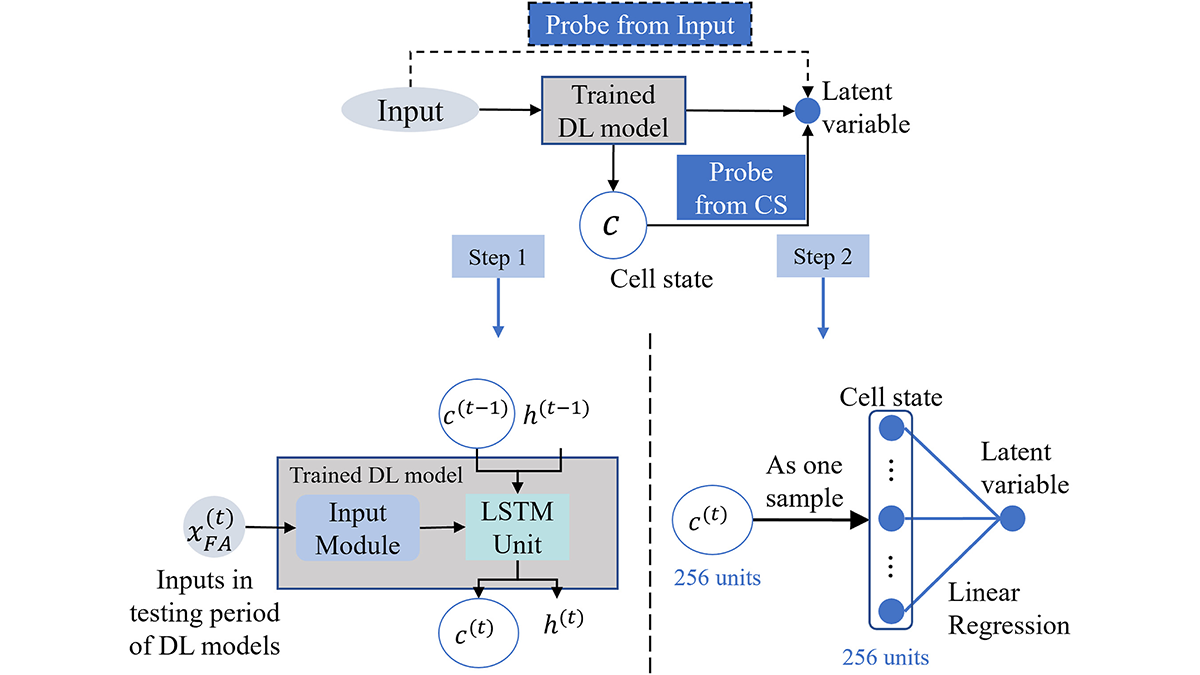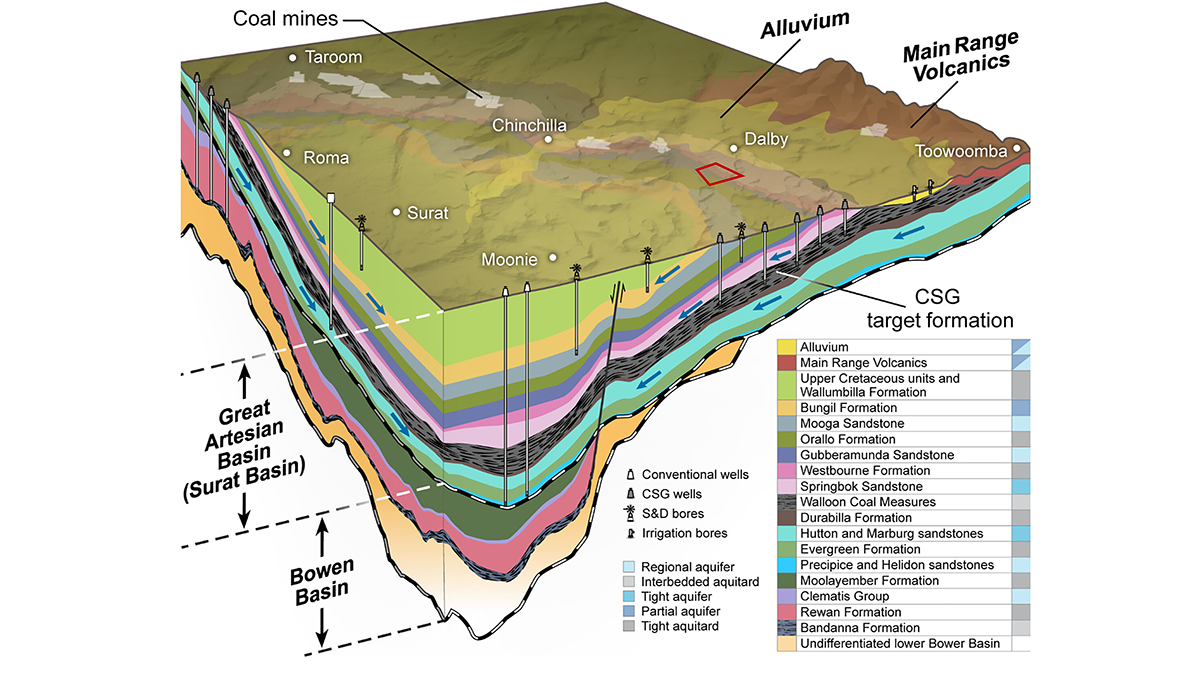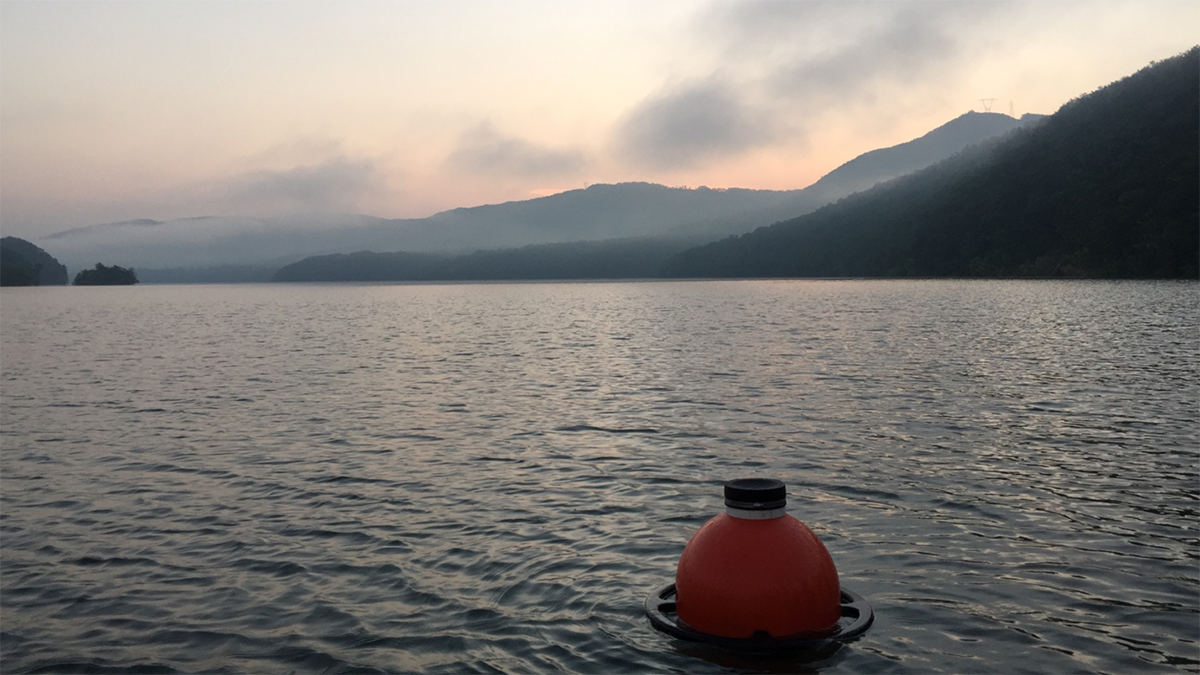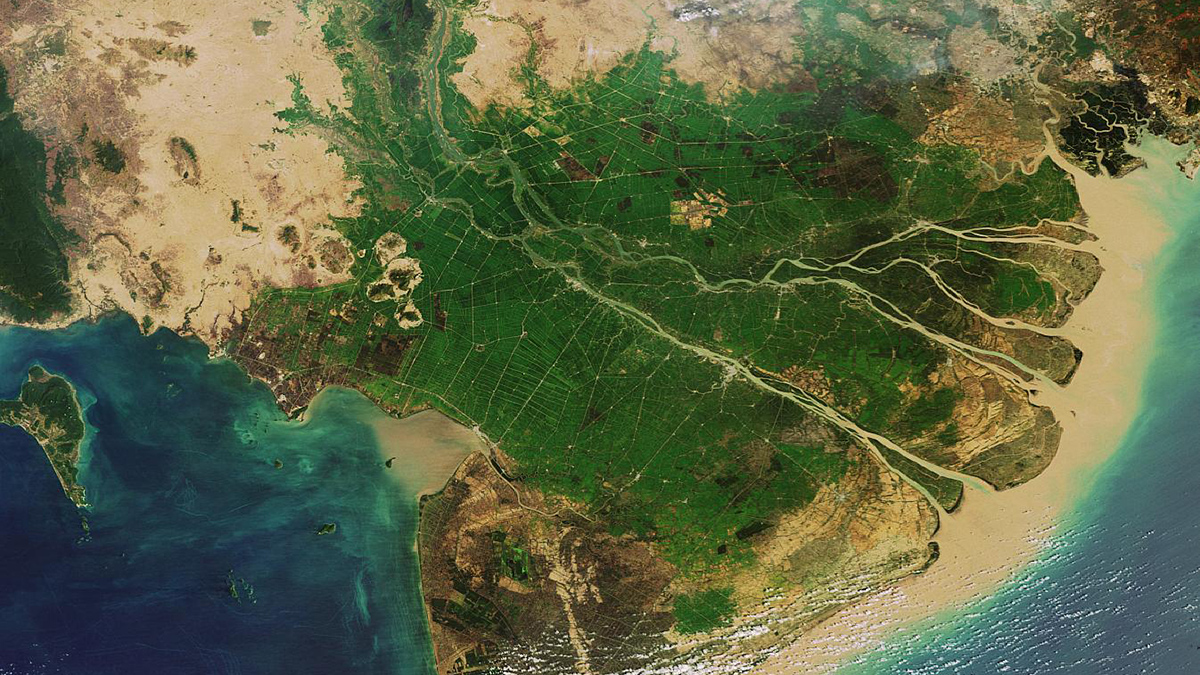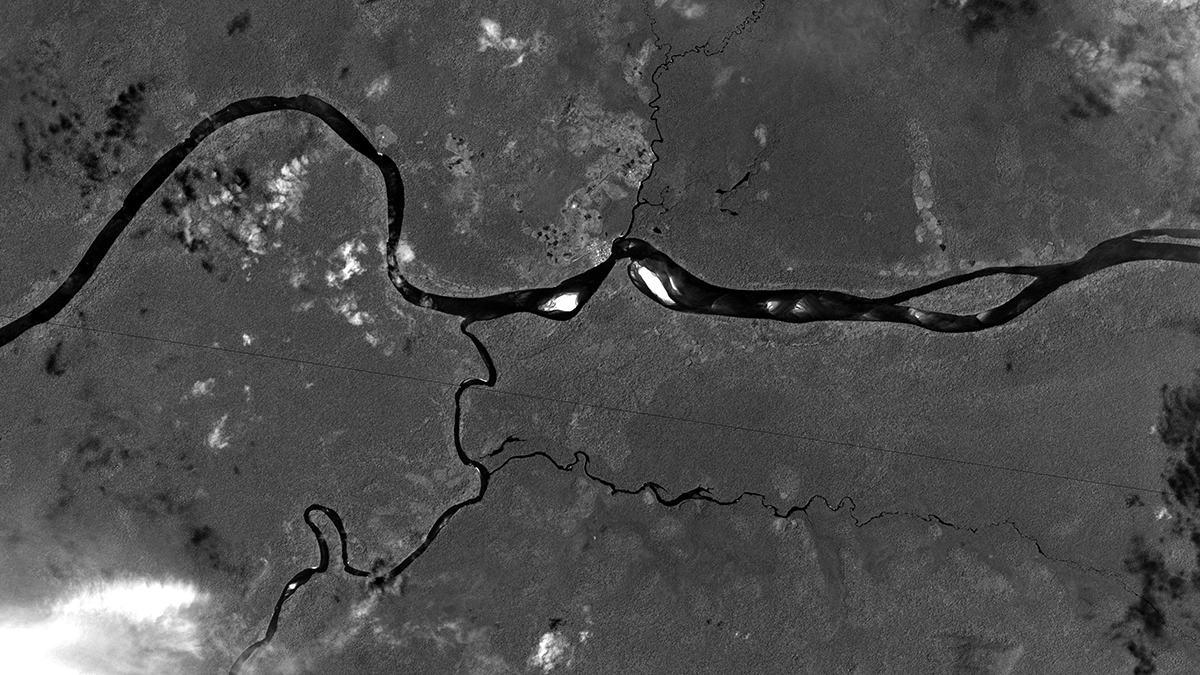When episodic pulses of road salt hit after a winter storm, the impact can be like a lightning strike for the environment.
Water Resources Research
Beavers are Not Concerned About Groundwater
But, scientists are! A new study illuminates the complex interactions of beaver dam induced ponding and floodplain inundation with shallow groundwater storage and flow patterns.
Deep Learning Goes Multi-Tasking
In hydrological modeling, predicting multiple tasks helps in identifying physical rules and generalizations.
Tracking the Sinking Ground from Coal Seam Gas Extraction
A new model shows how coal seam gas extraction causes land to sink by linking groundwater loss and coal shrinkage, helping predict impacts on farming in gas-producing areas.
Advances in Ecological Forecasting
AGU and ESA invite contributions to a cross-society special collection on ecological forecasting across ecosystems and scales.
Obtaining Local Streamflow at Any Resolution
A new upscaling method ensures that global simulations at low resolution preserve the streamflow at local points of interest, such as stream gauges.
Rock Solid Augmentation: AI-Driven Digital Rock Analysis
Boosting digital rock images with AI-powered augmentation and quality analysis could improve subsurface engineering decisions.
New Global River Map Is the First to Include River Bifurcations and Canals
GRIT provides a much more detailed look at how rivers merge and split, which could enhance hydrological modeling, flood forecasting, and water management efforts.
Strange Branching of Water Flows Through Rivers and Lakes
Sometimes rivers split into branches in unusual ways, reflecting the complexity of Earth’s water system on land and how much we still must learn about it.

